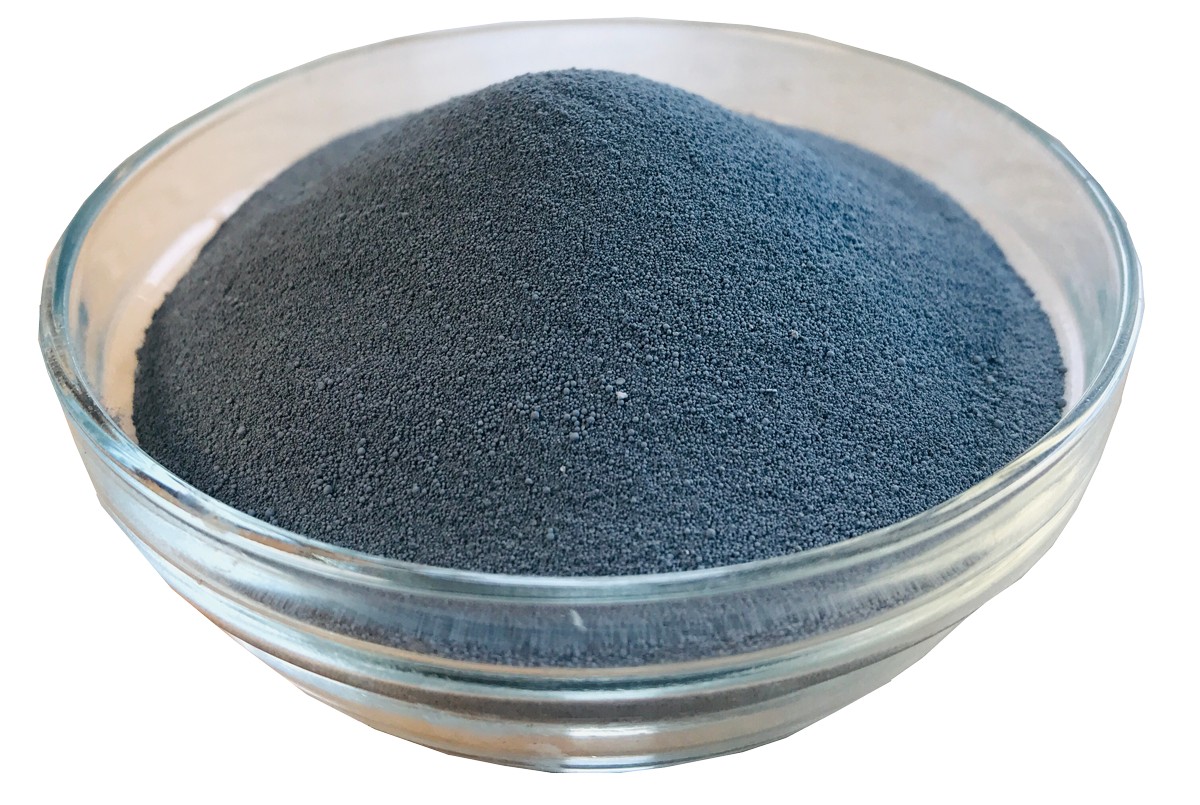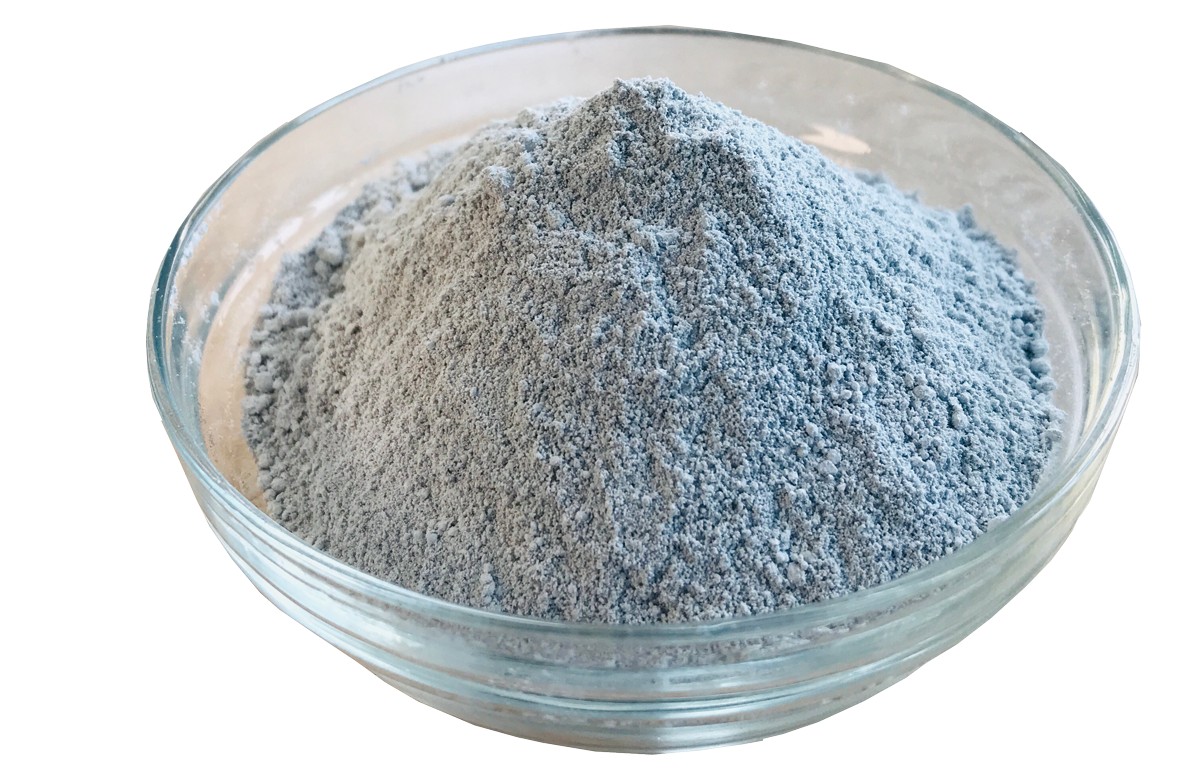What is microsilica powder?
You probably already know that microsilica powder is a by-product of the production of monosilica. But did you know that microsilica particles are spherical and very fine, averaging only 0.1 to 0.3 micrometers in size? This property makes them excellent additives for concrete mixtures. This small particle size facilitates grinding with Portland cement to obtain blended cements. Microsilica powder blended concrete typically consists of cement, microsilica powder, fine and coarse aggregates, and water. Microsilica powder is used as a concrete additive or as a component of Portland cement. It has been shown to increase the compressive strength of concrete and reduce permeability and shrinkage. This means you can use less concrete to get thesame effect as microsilica in a mixture.
Another use for microsilica is in concrete, where the silica fume reacts chemically with the cement paste to generate heat. This heat generation helps to make the concrete easier to handle and build. Another use of silica fume is as a soil conditioner in agriculture. Due to its excellent ability to absorb liquids, it has been used as a substitute for organic fertilizers (e.g. manure), blood meal, and ashes. This is important because the compounds that make up organic fertilizers are converted to nitrates in water. This can cause problems in the surrounding ecosystem and groundwater. Microsilica powder is also used as a flame retardant because of its amazing ability to absorb liquids and form a protective barrier around them.

What are the benefits of using microsilica powder in construction?
Before we discuss the use of silica fume in construction, let's understand silica fume better:
Silica powder contains more than 90% silicon dioxide.
The remaining components include carbon, sulfur, alumina, iron, calcium, sodium, magnesium, and potassium.
The surface area of silica particles ranges from 13,000 to 30,000 square meters per kilogram. However, the most suitable and practical specification is around 15,000 square meters per kilogram or 15 square meters per gram.
Silica powders with densities ranging from 500 to 700 kg/m3 are considered ideal for concrete additives.
Now that we know more about microsilica fume, let's explore the advantages of adding it to concrete mixtures:
Silica fume reduces segregation and watering of concrete, thus improving mixing efficiency and reducing waste.
It enhances the performance of both fresh and hardened concrete (discussed later in the article).
Higher concrete durability
Higher early compressive strength of the mixture
High modulus of elasticity and flexural strength of silica fume-added concrete mixtures
Smaller particles due to high bond strength
Silica fume prevents thermal cracking, making it suitable for mass concrete placement
Protection against the most aggressive chemical attacks
Silica fume is popular in construction projects such as high-rise buildings, parking structures, dam structures, sprayed concrete residential projects, and even nuclear waste storage facilities.
Chemical reactions in microsilica concrete
A chemical reaction occurs immediately after dry mixing of silicate cement, when microsilica fume is mixed with water. Two compounds are produced, calcium hydroxide and calcium silicate hydrate. The first chemical, calcium hydrate, is also known as free lime. It is promoted by lining all the existing pores in the concrete as a filler. The second chemical, calcium silicate hydrate, is the crystalline compound that provides strength to the mixture.
Following the first reaction, a subsequent volcanic ash reaction between the calcium hydroxide and silica fume produces more calcium silicate hydrate compounds. These further fill the voids around the existing hydrated cement particles. The formation of this crystalline compound densifies the concrete by converting larger voids into smaller ones. This provides the final concrete material with improved flexural properties, compressive, and adhesive strength.
Microsilica powders have proven useful in resisting freezing and thawing and provide high compressive strength.
Types of microsilica powders available in the market
Native Silica Powder - This type of silica powder is available in the form of a very fine powder. It has a low bulk density, and its flow rate depends on the efficiency of pneumatic conveying equipment. Since the material is difficult to handle, it involves higher loading, storage, transportation and dosage costs. It is not a popular choice for construction projects due to the dust generated during processing.
Silica Powder Slurry - A water-based slurry prepared from manufactured silica powder, which is easy to transport and use. It contains about 40-60% microsilica powder.
Dense Silica Fume - Also known as compacted silica fume, this type is supplied in the form of a dense product with a handling capacity similar to Portland cement. It is produced by holding the manufactured silica fume in silos where compressed air is introduced from the bottom, resulting in dense deposits.
Granular Silica Fume - is prepared by adding small amounts of water and cement to the produced silica fume. A disk granulator is used to turn the mixture into dense granules.

How to use microsilica powder in construction projects?
The addition of silica fume to concrete makes significant changes to ordinary concrete mixtures. They include.
Increased strength
The calcium hydroxide crystals produced in silica fume concrete mixtures form the basis for the creation of smaller-sized crystals that are more randomly oriented in the mixture. The addition of microsilica powder improves the bond strength of the cement paste mixture. It also facilitates the connection between the different composite components in the concrete mixture, thus giving it high strength. These aggregate particles also strengthen the concrete and thus play a more influential role than just as a filler additive. A study was conducted to document the effect of silica fume on the durability of fly ash concrete composites. The researchers used four different concentrations of silica fume (3%, 6%, 9% and 12%). It was observed that the addition of silica fume had a positive effect on carbonation resistance, imperviousness durability, and freeze-thaw resistance. Higher concentrations of silica fume reduced the depth of carbonation. Also, the addition of silica fume had little effect on the compatibility and shrinkage properties of fly ash-containing concrete composites. Silica fume concentration was indirectly related to slump and slump.
Improvement of frost resistance
The relative modulus of elasticity of silica fume is 10-20% even after 300 to 500 rapid freeze-thaw cycles. In comparison, the average modulus of elasticity of conventional concrete is 30-73% after 25-50 cycles.
Improvements in Filling
It has been observed that silica fume concentration of 15% in concrete mixtures greatly improves the strength of the mixtures. The addition of silica fume significantly reduced the void size of the cement particles. This effect is similar to the way the cement particles act as fillers between the aggregates, the coarse and fine aggregate voids. This increase in density and strength of high-strength concrete is attributed to the filling effect of silica fume addition.
The best material for construction projects - why you should use microsilica powders
Let's discuss the different use cases of silica fume in construction projects.
Application in concrete
Commonly used high performance concrete (HPC) can contain silica fume as an additive. Not only does it improve durability and strength, but HPC produced using silica fume also improves abrasion resistance, higher toughness, corrosion and chemical resistance, and economic efficiency.Structures such as parking lots, highways and highway bridges, marine structures are deteriorating due to corrosion of steel reinforcement, abrasion, and chemical attack. The addition of silica fume protects concrete structures from the effects of regularly applied de-icing salts, traffic, seawater, and natural disasters. The addition of silica fume also reduces maintenance costs by eliminating concrete deterioration and rebar corrosion.
Applications in Repair Materials
Silica fume is useful wherever cementitious repair products are used. A variety of applications, including vertical and elevated mortars, can have greater adhesion with the addition of silica fume. It is even useful for underwater grouting because of its low permeability. It is also useful when exposed to reactive chemicals such as sulfates, nitrates, chlorides and acids. Reduced water seepage properties help to keep applications economical and efficient.
Applications in Refractories and Ceramics
The small particle size of silica fume makes it ideal for refractory castables. Its presence makes low temperature sintering possible. It also provides resistance to slag castables, metal, and gas penetration. These castables remain robust even at high temperatures.
Application in Shotcrete
Shotcrete with the addition of silica fume exhibits significant economy and efficiency. Popular applications for silica fume shotcrete include mine tunnel lining, rock stabilization, and extensive maintenance improvements to old bridges and marine columns. Silica fume in shotcrete provides excellent performance for both dry and wet shotcrete processes due to the small particle size which contributes to bond strength. Rebound losses are reduced by up to 50%. Silica fume ensures a thick coating and minimal rebound loss at each pass of the shotcrete distribution nozzle. Nozzles can deposit up to 12 inches in a single pass. Shotcrete made with microsilica dust has low permeability and high resistivity. Like silica fume concrete, silica fume shotcrete also has improved flexural strength and high compressive strength.